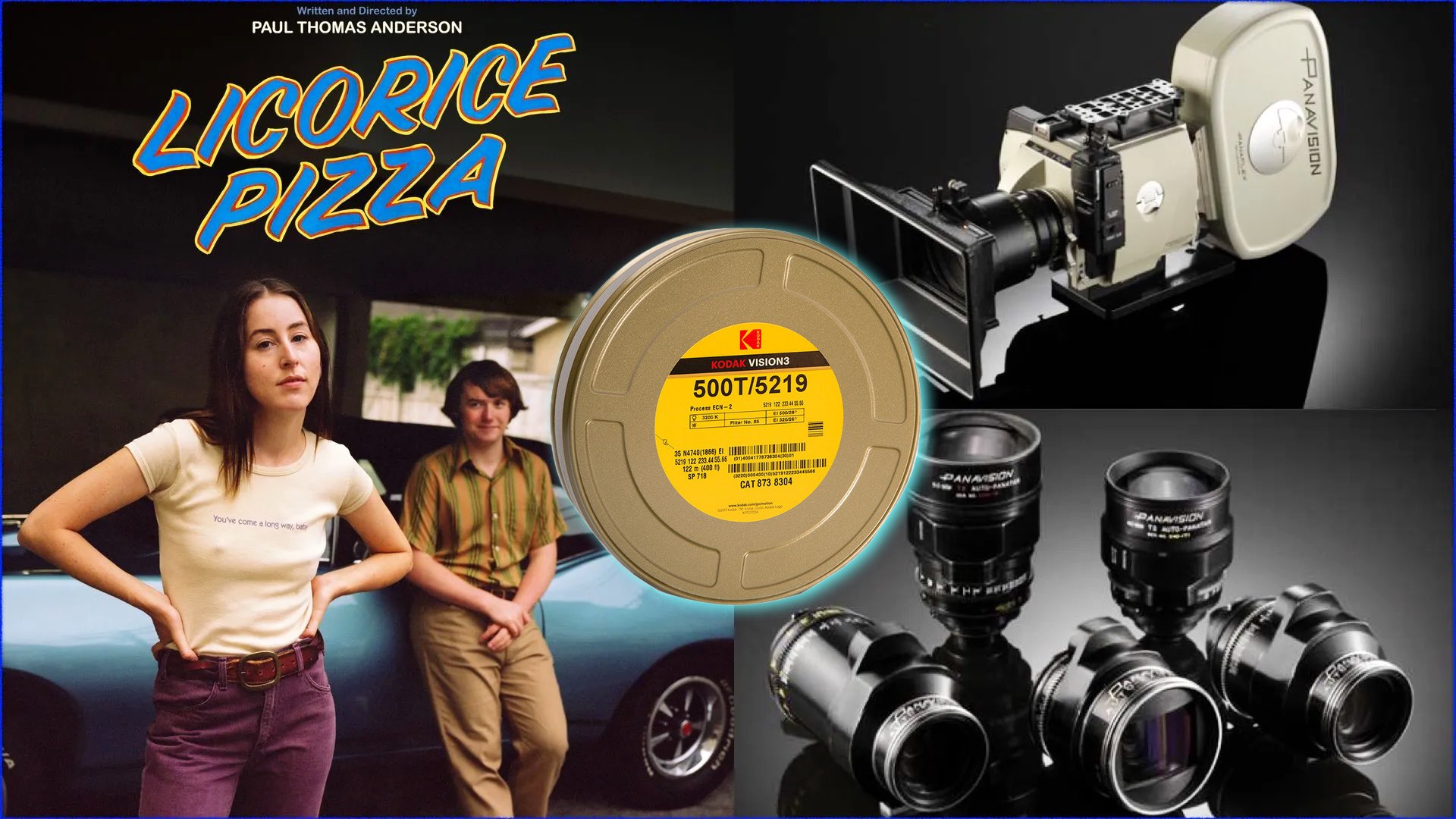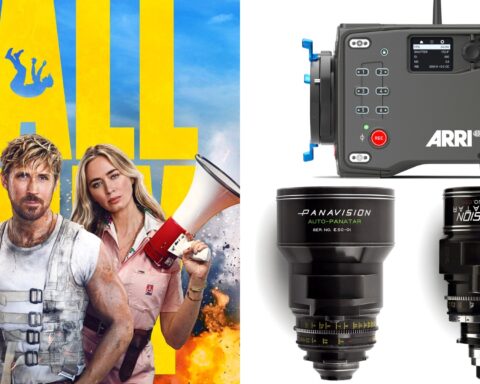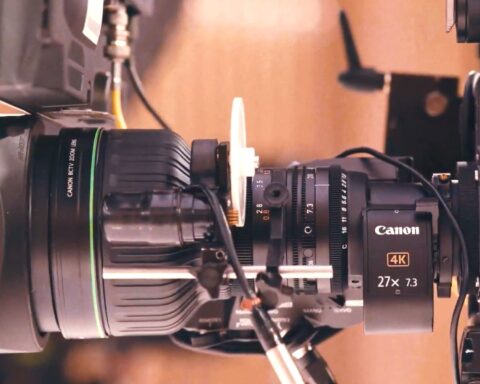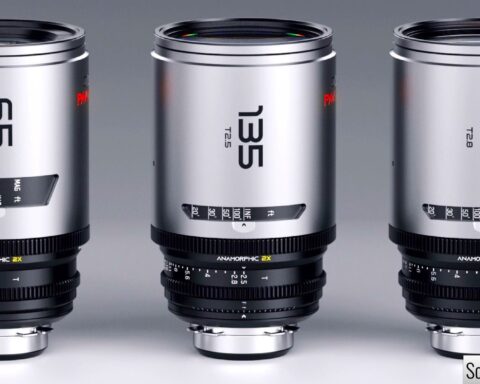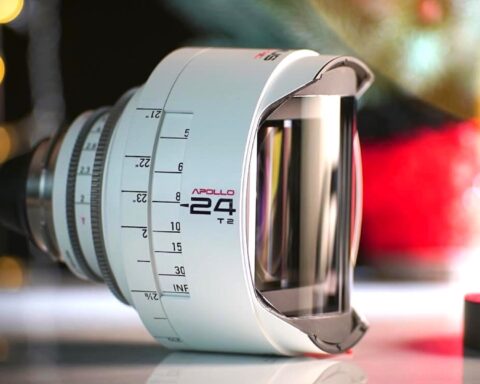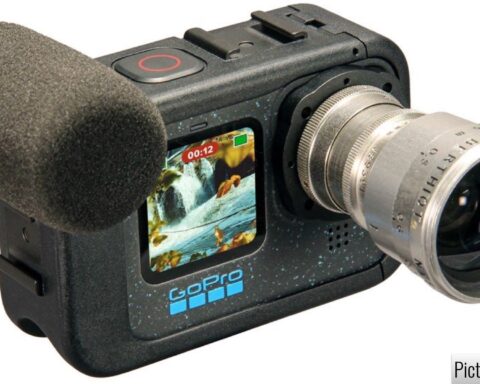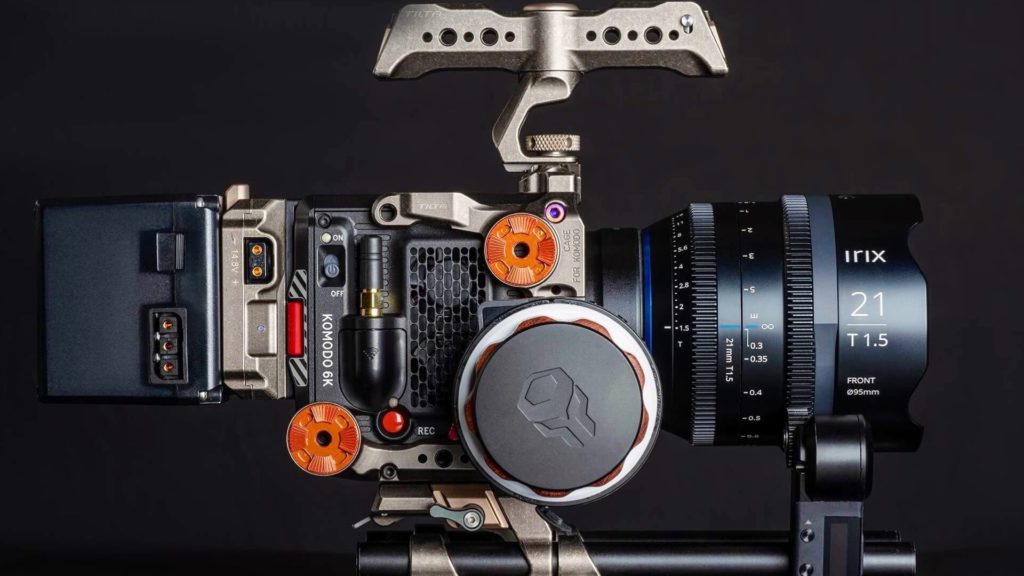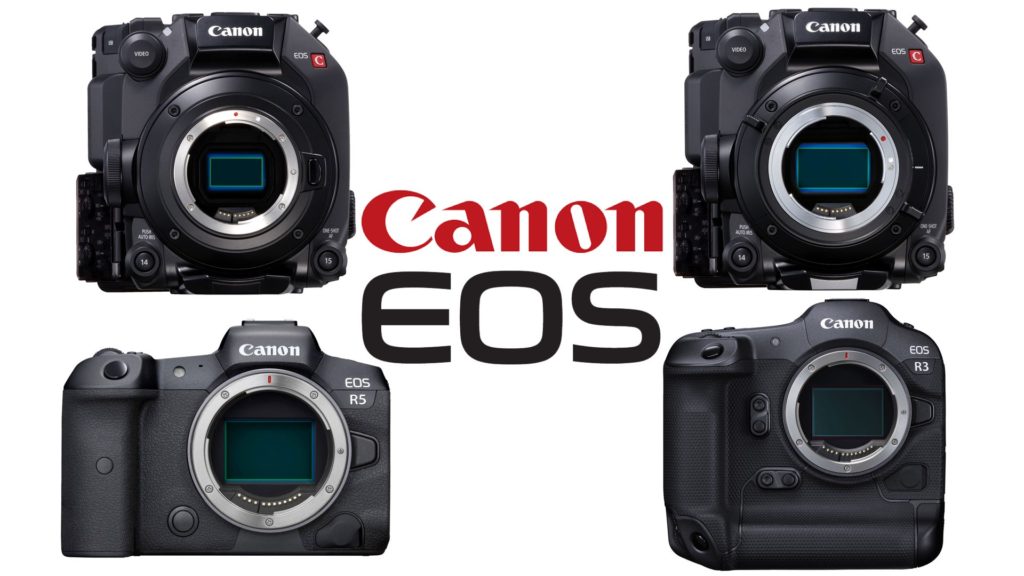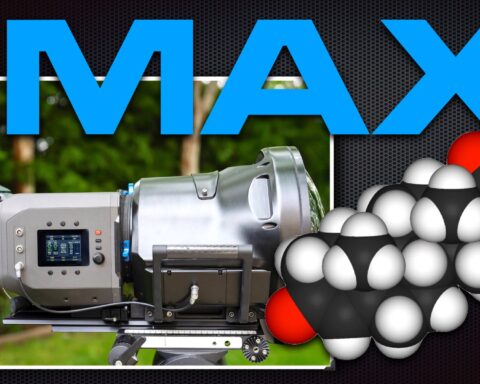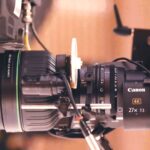It’s always nice revealing a Best Picture (or Best Cinematography) nominee that was shot on celluloid. In that case, there was no smarter option for Licorice Pizza to recreate the look and feel of the 70s. This marvelous film was indeed shot on the Panavision Millennium XL2 paired with the old C-Series Anamorphic lenses in order to allow that flare to cut perfectly through the grain.
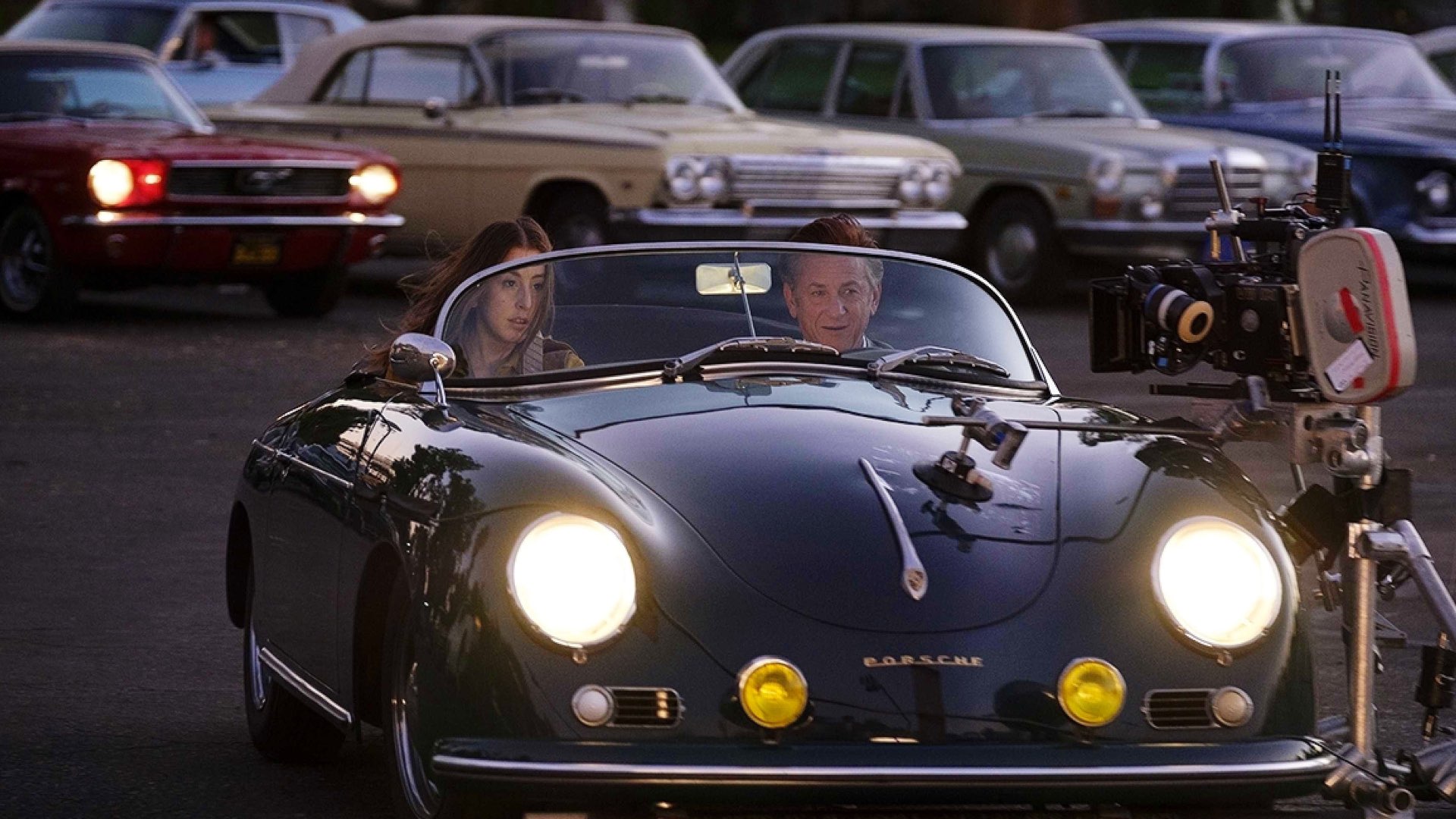
Licorice Pizza – Oscars 2022’s Best Picture nominee
Licorice Pizza is a 2021 American coming-of-age comedy-drama film written and directed by Paul Thomas Anderson, who also serves as one of the film’s producers and cinematographers. The film stars Alana Haim and Cooper Hoffman in their film debuts, Sean Penn, Tom Waits, Bradley Cooper, and Benny Safdie. Licorice Pizza tracks the treacherous navigation of first love by telling the story of Alana Kane and Gary Valentine growing up, running around, and falling in love in the San Fernando Valley, in 1973. The film was named one of the best films of 2021 by the American Film Institute, received four nominations at the 79th Golden Globe Awards. Furthermore, the film has been nominated by Best Picture by the 94th Academy Awards (Oscars 2022). Check out the trailer:
Digital capture was never an option
Filming on Licorice Pizza took place over 68 days, starting in August 2020 and wrapping in November. All shot on film. Anderson stated that digital capturing was never an option. Indeed Anderson has preferred to shoot all his features on film. In an interview held by KODAK, Anderson elaborated that for Licorice Pizza he got the same pair of Panavision Millennium XL2 35mm film cameras that were used on the J.J. Abrams-directed Star Wars Episode VII: The Force Awakens. That was as a result of working with Panavision in Woodland Hills, California.
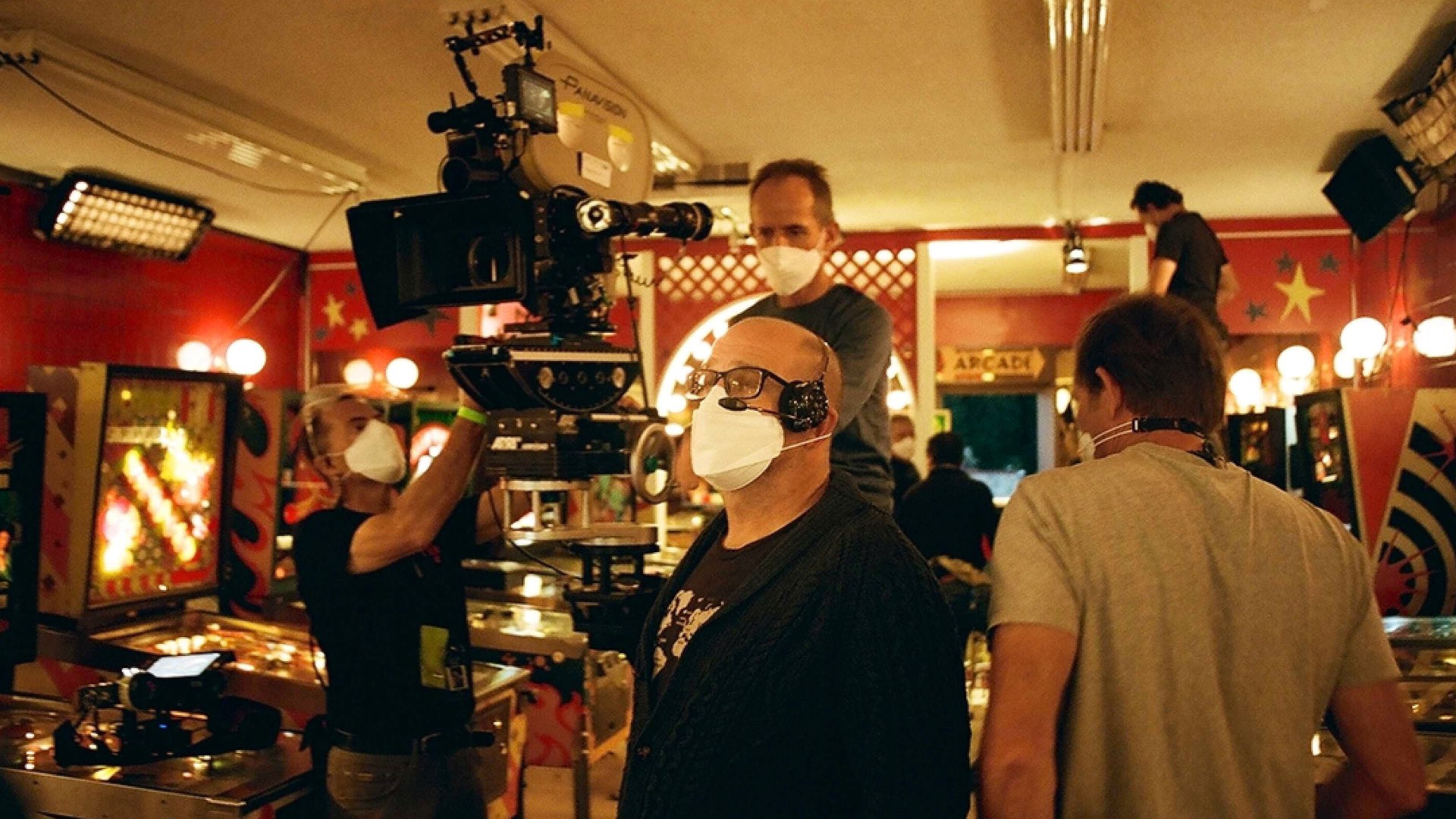
Shot on Panavision Millennium XL2
“I love shooting on film for many reasons,” Anderson said. “The first amongst those being the kind and realistic way it captures skin. Plus, there is a unique quality to the overall celluloid image – a patina and softness that is difficult to achieve in digital – that helps you evoke a period in time” he adds. “I also like the process, the rhythm of ‘Lights… camera… action’ that comes with celluloid production. There are some good things about digital image capture, but one of the downsides of digital production is when the camera is just kept rolling and rolling. When you have four or 11 minutes of film in the magazine, people get really focussed on set” he stated. That’s so true when shooting on film vs digital. Many acclaimed cinematographers admit that film demands discipline, and thus more dedication from the crew. There’s a good reason that all the major Hollywood filmmakers still prefer film above digital. In my option, film looks much better than digital, especially when screened in a movie theater. Those canvases were made for that celluloid.
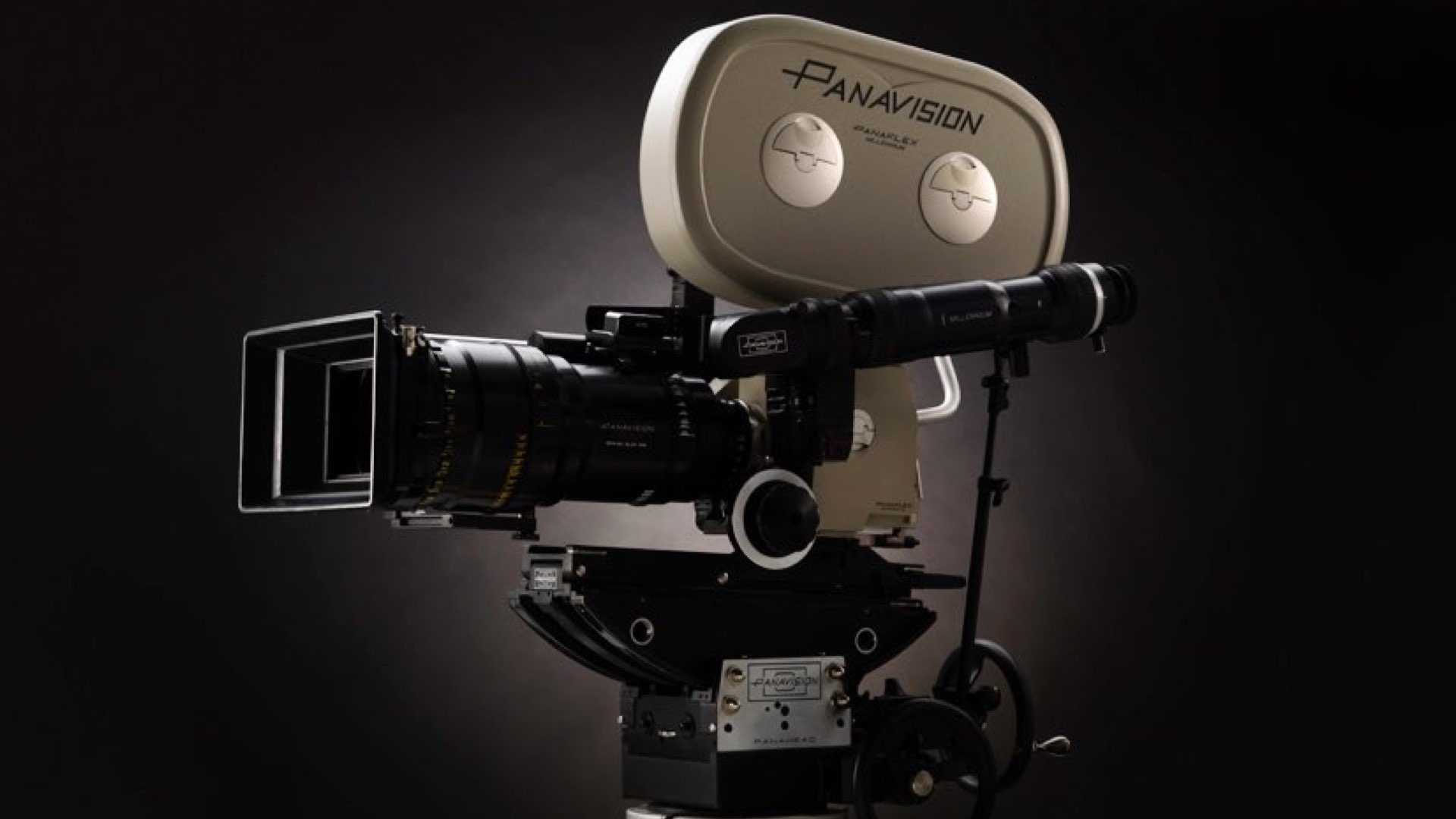
Filmed on KODAK 35mm
As a rule of thumb, Bauman shot using KODAK VISION3 500T Color Negative Film 5219 for the night and low-light scenes, KODAK VISION3 200T Color Negative Film 5213 for day interior/exteriors, and KODAK VISION3 50D Color Negative Film 5203 for day exteriors.
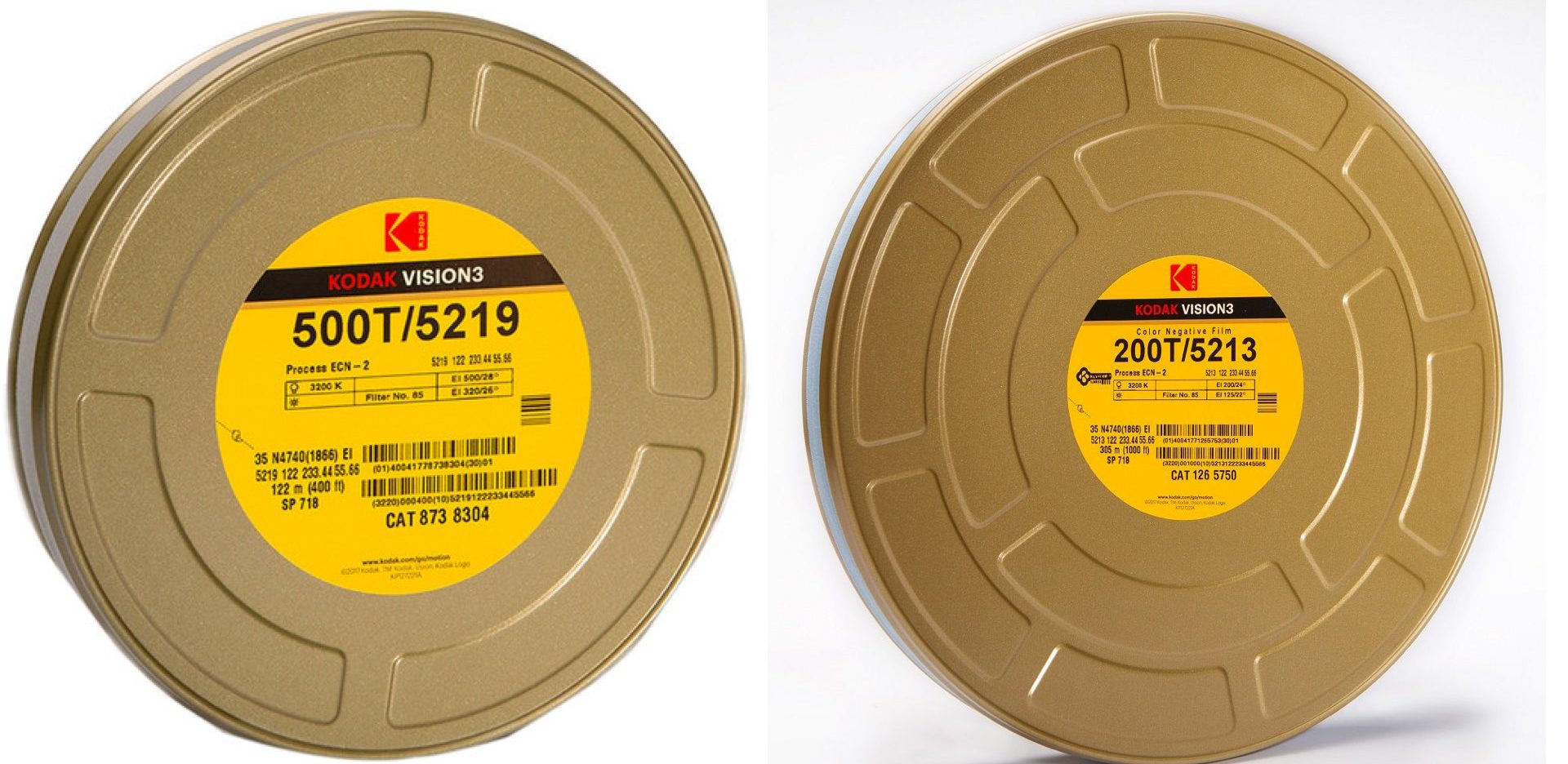
Lenses: Panavision C-Series Anamorphic
Licorice Pizza’s co-cinematographer Michael Bauman said that the Panavision C-Series Anamorphic was chosen because it allowed the 70s classic anamorphic flares. The C-Series lenses were the major lenses used to shoot the film. The Panavision C-Series Anamorphic Primes have been the go-to choice since 1968 for artists needing a compact and lightweight anamorphic lens. Bauman stated that they were shooting primarily with old-school Panavision C-series Anamorphics from the ‘60s and ‘70s, which brought nice contrast, fall-off, and aberrations to the image, as well as the characteristic blue flare.
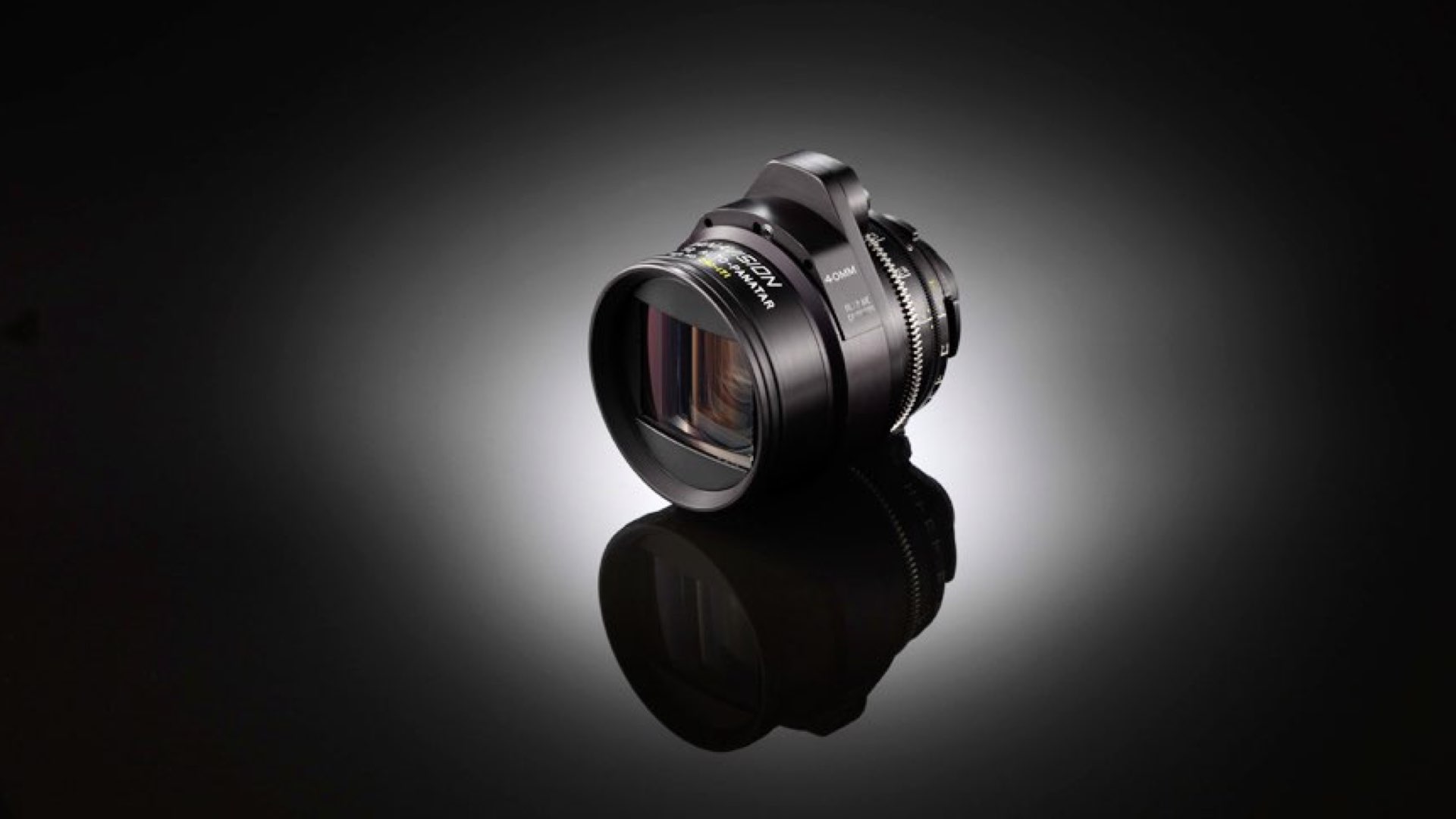
“American Graffiti” as the main inspiration
The cinematographers wanted to imitate the look and feel of the 70s, and for that, they took the 50 years old movie American Graffiti as a reference. That helped them to preserve the rawness of the imagery. Watch the trailer of what seemed to be the big inspiration for this Best Picture nominee:
Closing thoughts
Licorice Pizza is not the sole Best Picture nominee shot on film. Spielberg’s West Side Story was also shot on XL2, but with more modern lenses (T-Series combined with the C-Series anamorphic). West Side Story has also been nominated for Best Cinematography as well. As we always state: “Film is alive and kicking”.


